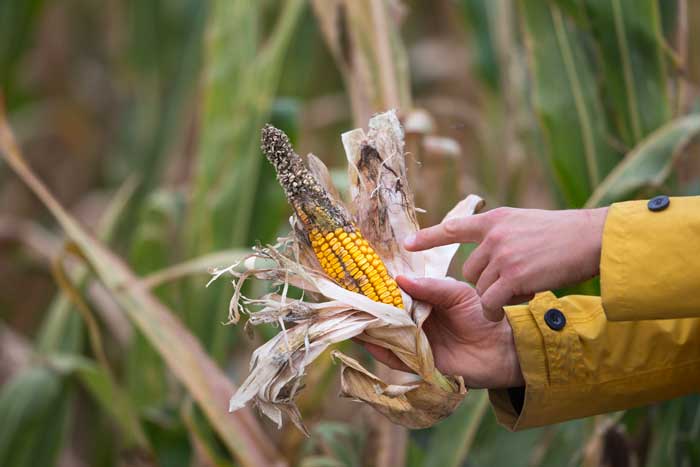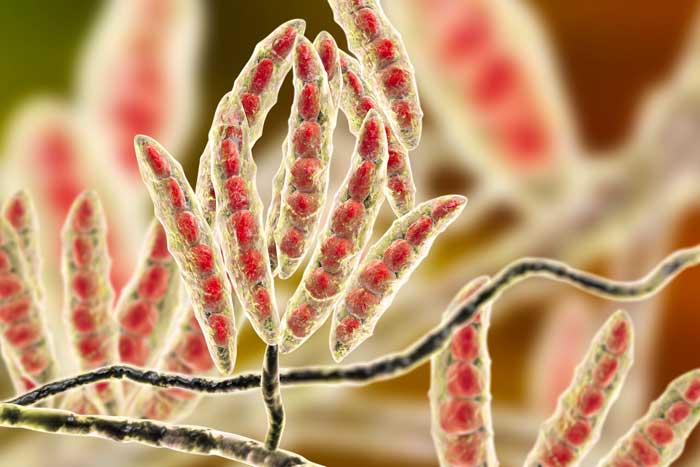
Fusarium Wilt Treatment: Chemical fungicides Can Cause As Many Problems as They Solve
By setting up an indoor, greenhouse or outdoor cultivation, growers unintentionally invite Fusarium to take over the whole show!
Traditionally, farmers are then forced to use costly, toxic chemicals like chlorine to control them at the expense of the plants they are trying to grow. Many times, they can barely control these pathogens and whenever chemical “warfare” is used, it is the plants that suffer with much lower yields and greatly reduced flavor and potency.

Some Facts About Why Fusarium is so Insidious
- Fusarium Oxysporum is one of the most difficult plant pathogens to kill with chemicals so farmers mistakenly assume “more is best”.
- Marijuana buds infected with Fusarium may not smell or look moldy but FAIL lab testing.
Fusarium has no known sexual stage. To reproduce, Fusarium fungus does not create seeds like plants do, but produces three types of asexual spores: microconidia, macroconidia, and chlamydospores; meaning Fusarium can spread through a crop like wildfire. - Chlamydospores unlike the other spores can survive in the soil for a long period of time so traditional farmers believe they need extra powerful chemicals beyond chlorine to kill the spores.
- Fusarium spores and the mycelia clog the vascular vessels of cash crops, specifically the roots, which prevents the plants from using nutrients in the soil. Plants begin to transpire more than they can transport water and nutrients, the stomata close, the leaves wilt, and the plant dies. After the plant dies, the fungus lives on to invade and infect neighboring plants.
- Though Fusarium is found everywhere, it favors the same high temperatures and warm moist soil cannabis thrives in. Though cannabis actually prefers dryer, cooler soils than the ambient air temperature, cultivators who disregard this, allow their greenhouse soils to be at temperatures for growth on artificial media between 77-86°F (25-30°C). The optimum soil temperature for root infection of Fusarium is 86°F (30°C), while infection through the seed can occur at temperatures as low as 57.2°F (14°C)! Why all of this alarming data isn’t big news on a global scale, at least in the agricultural sector, is disturbing to say the least. Looking on the bright side however, there are inspiring, proven scientific findings that leading-edge growers are applying to counterbalance this.
This is article 3 in our 4-part series on Fusarium and How to Treat It. If Fusarium is affecting your cannabis crops, or other crops, we may be able to help.




